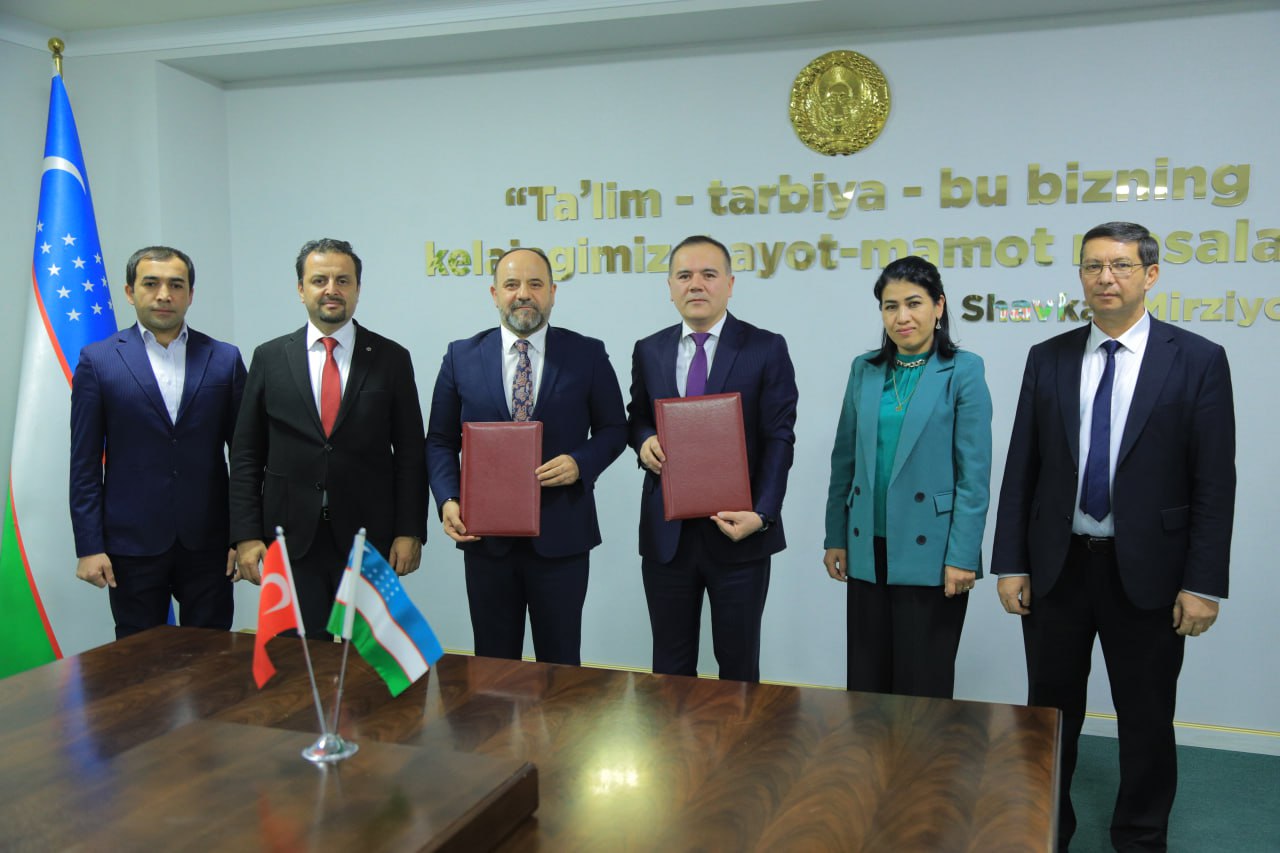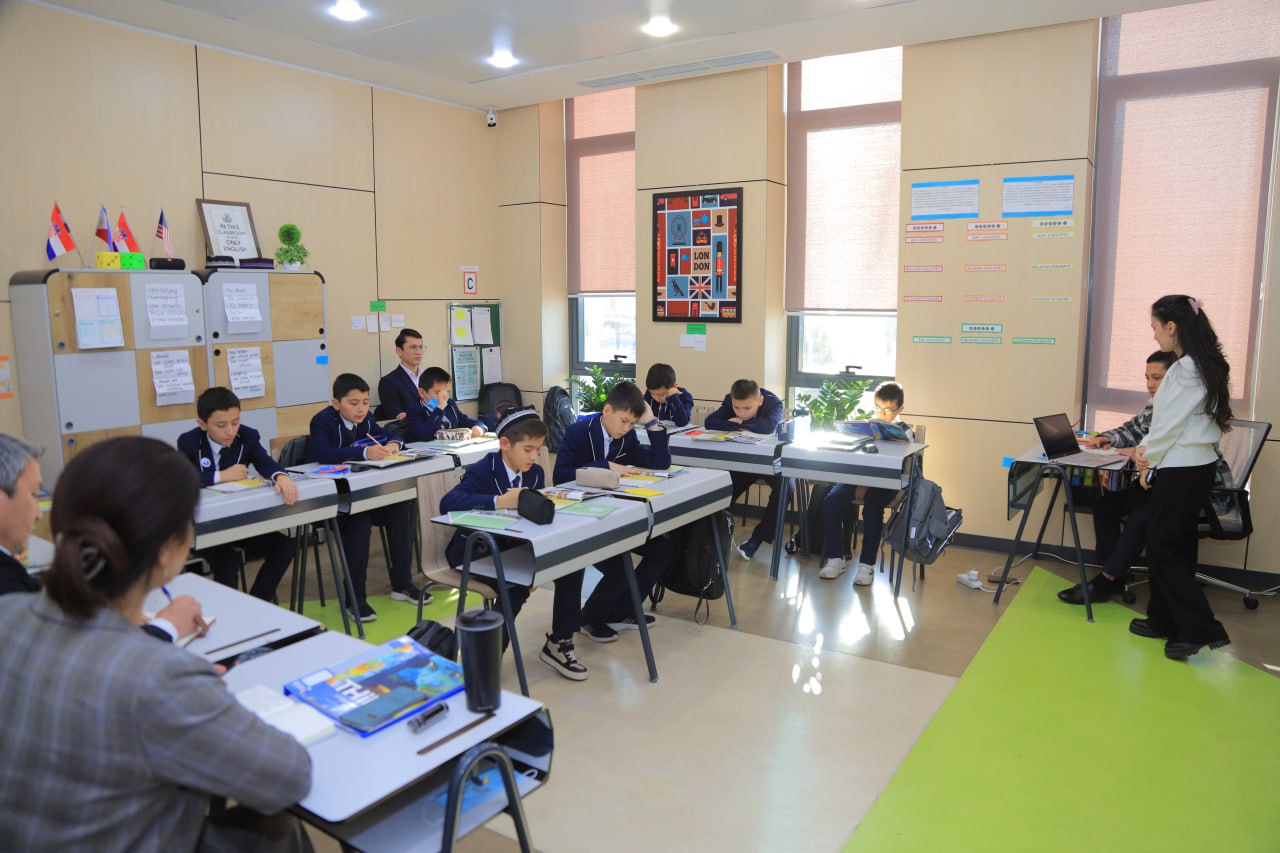TAYLANOV NIZOM ABDURAZZAKOVICH
Candidate of physical-mathematical science,
Physics Department,
The Jizzax State Pedagogical Institute,
Jizzax, Uzbekistan
E-mail: taylanov@yandex.ru
TOSHPULATOVA DILDORA
Teacher, Physics Department,
The Jizzax State Pedagogical Institute,
Jizzax, Uzbekistan
O’ROZOV ABDIXOLIQ NURMAMATOVICH
Senior Teacher, Physics Department,
The Jizzax State Pedagogical Institute,
Jizzax, Uzbekistan
NARIMANOV BAHODIR ABDUSALAMOVICH
Senior Teacher, Physics Department,
The Jizzax Polytechnical Institute,
Jizzax, Uzbekistan
ABSTRACT
We have studied the space-time evolution of the thermal and electromagnetic perturbation in a superconductor with the nonlinear current-voltage characteristic in the flux creep regime, theoretically. On the basis of a linear analysis of a set of differential equations describing small perturbations of temperature and electromagnetic field we found that, under some conditions a branching instability may occur in the sample.
Key words: nonlinear equations, thermal and electromagnetic perturbations, critical state, flux creep.
INTRODUCTION
Many recent studies using magneto-optical imaging have revealed that thin film superconductors often show abrupt flux penetration in the form dendritic structures when the superconductor is subjected to an increasing magnetic field perpendicular to the film [1]. The flux dendrites are formed in distinct events, so that once a structure is created it remains as is, and the next event occurs at a different place in the sample. It is believed that this behavior is due to a thermal runaway [2], where two effects play the main role: (i) motion of magnetic flux (i.e., superconducting vortices) releases energy and hence increases the local temperature, and (ii) the temperature rise reduces the flux pinning and hence facilitates further flux motion. Most previous works have been focused on MgB2 thin films, where the richness and the intriguing features of this phenomenon have been investigated both experimentally and theoretically [3]. This type of vortex avalanche is claimed to originate from a thermo-magnetic instability as a result of the competition between thermal and magnetic diffusivity. When thermal diffusion is the slower of the two, the superconducting film is unstable, and dendritic avalanches appear [4].
OBJECTIVES
In the present work, we study the spatial and temporal evolution of small thermal and electromagnetic perturbation in type-II superconductor sample in the flux creep regime with nonlinear voltage-current characteristics. It is assumed that an applied field parallel to the surface of the sample. On the basis of a linear analysis of a set of differential equations describing small perturbations of temperature and electromagnetic field we found that under some conditions a branching instability may occur in the sample.
BASIC EQUATIONS
Bean [5] has proposed the critical state model which is successfully used to describe magnetic properties of type II superconductors. According to this model, the distribution of the magnetic flux density and the transport current density inside a superconductor is given by a solution of the equation
(1)
When the penetrated magnetic flux changes with time, an electric field (r, t) is generated inside the sample according to Faraday’s law
(2)
The temperature distribution in superconductor is governed by the heat conduction diffusion equation
(3)
Here and are the specific heat and thermal conductivity, respectively. The above equations should be supplemented by a current-voltage characteristics of superconductors, which has the form
(4)
In order to obtain analytical results of a set Eqs. (1)-(4), we suggest that is independent on magnetic field induction B and use the Bean critical state model , i.e., [5]; where is the external applied magnetic field induction, , and are the equilibrium and critical temperatures of the sample, respectively, is the equilibrium current density. In the flux flow regime the electric field induced by the moving vortices is related with the local current density by the nonlinear Ohm’s law
(5)
Let us suppose that in the flux flow regime the differential resistivity is approximately constant and independent on magnetic field, i.e. . For the sake of simplifying of the calculations, we perform our calculations on the assumption of negligibly small heating and assume that the temperature profile is a constant within the across sample and thermal conductivity and heat capacity are independent on the temperature profile [5]. We shall study the problem in the framework of a macroscopic approach, in which all lengths scales are larger than the flux-line spacing; thus, the superconductor is considered as an uniform medium.
Let us formulate differential equations governing the dynamics of small temperature and electromagnetic field perturbation in a superconductor sample. We study the evolution of the thermal and electromagnetic penetration process in a simple geometry – superconducting semi-infinitive sample.
We assume that the external magnetic field induction is parallel to the z-axis and the magnetic field sweep rate is constant. When the magnetic field with the flux density is applied in the direction of the z-axis, the transport current and the electric field are induced inside the slab along the y-axis. For this geometry the spatial and temporal evolution of thermal and electromagnetic field , perturbations are described by the thermal diffusion equation coupled to Maxwell’s equations
(6)
(7)
where we have introduced the dimensionless parameters ,, , and variables is the magnetic field penetration depth in a Bean model; is the relaxation diffusion time;. , and are the equilibrium and critical temperatures of the sample, respectively; is the equilibrium current density. Let us derive, for this geometry a differential equations, describing the spatial and temporal evolution of thermal and electromagnetic field perturbations in the sample. We present the small thermal and electromagnetic perturbations in the form
(8)
(9)
Where is the eigenvalue of the problem to be determined and are the wave-numbers of the perturbation, , . Solving the system equations (6), (7) with (8), (9) we obtain the following equation for the eigenvalues
(10)
where is the ratio between the characteristic time of magnetic flux diffusion and the characteristic time of heat flux diffusion [6]. The instability of the flux front is defined by the positive value of the rate increase. Let us first consider a simplest case, when =0. Then, from the last relation we obtain
First, we notice that at k=0 the system is unstable for q<1.
Note that the instability appears first at q=0. In the case, when we have a maximal growth rate . In this case the small perturbations grow with the maximal possible rate, and the characteristic time of the instability build-up is . For example, for perturbations uniform in the y-direction q=0 the instability develops only if k<1 [4].
However, if we set, then the system becomes unstable for any k<1 and we again arrive at the maximal growth rate, . When the applied magnetic field gradually increases from zero, the instability first starts for some particular, when only for one single value of . The instability occurs at , and this instability criterion can be written
(11)
Let us next consider cases of nonzero k, and analyze the behavior of . The growth rate dependencies on the wave number for different values of k are demonstrated in Fig. 1. a-c at . For high enough values of wave-number k the system is stable. As the k decreases, grows, and for k=0.5 the branching instability will be started (Fig 1b). For relatively small values of k=0.1 the branching instability develops in the system (Fig 1c).
Conclusion
In conclusion, on the basis of a linear analysis of a set of differential equations describing small perturbations of temperature and electromagnetic field we found that under some conditions a branching instability may occur in the sample.
REFERENCES
- I. Rudnev, D. V. Shantsev, T. H. Johansen and A. E. Primenko, Appl. Phys. Lett.. 87, 042502 (2005).
- D. V. Denisov, A. L. Rakhmanov, D. V. Shantsev, Y. M. Galperin and T. H. Johansen, Phys. Rev. B 73, 014512 (2006).
- Johansen T H, Baziljevich M, Shantsev D V, Goa P E, Galperin Y M, KangW N, Kim H J, Choi E M, Kim M-S and Lee S I 2002 Europhys. Lett. 5 599
- N.A. Taylanov J. Mod. Phys. Appl. 2013. Vol. 2 , N. 1, C. 51-58.
- C.P. Bean, Phys. Rev. Lett. 8, 250 (1962); Rev. Mod. Phys. 36, 31 (1964).
- R.G. Mints, and A.L. Rakhmanov, Rev. Mod. Phys. 53, 551 (1981).





